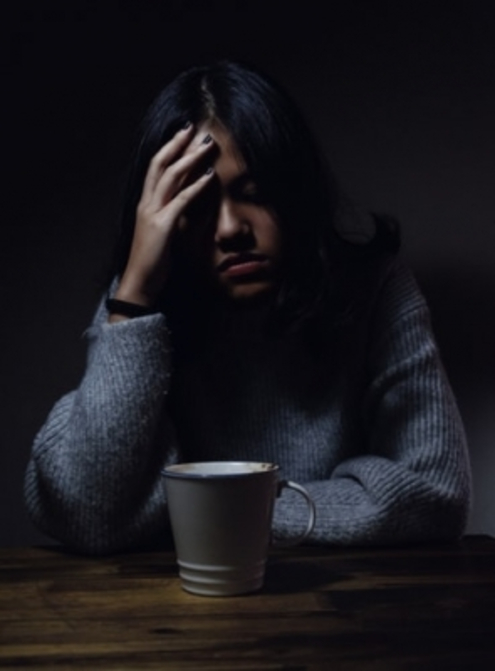Diverticulitis is a condition where pockets formed in the colon wall (called diverticula) become inflamed. Here’s what you need to know about the condition.
Causes and Risk Factors
Diverticula can form when weak areas of the colon give due to pressure, creating pockets in the colon wall. This pressure can be influenced by many things, including diet. If you do not eat enough fiber, waste can build up in your colon and increase pressure on its walls. If these diverticula tear, they can become infected and inflamed.
There are a few notable risk factors for diverticulitis. As previously mentioned, you are at risk if you do not eat enough fiber in your diet. Not eating enough fruits, vegetables, grains, nuts, and beans can all contribute to low fiber intake. If you have a diet high in fats and red meat your risk increases as well. Exercise is a factor as well- too little regular exercise can increase risk for diverticulitis. NSAIDs like ibuprofen and aspirin can heighten your risk too. Also, people over 40, men, and people who are obese have a higher chance of developing the condition. Overall, this is a very common condition, particularly for people in Western countries as they age.
Symptoms of Diverticulitis
Diverticulitis is characterized by a few symptoms. Abdominal pain in the lower left part of the abdomen is a common symptom. This pain can persist for several days, and may be mild and slowly building or can develop suddenly. Your abdomen may be tender as a result of the pain. Other potential symptoms include nausea, vomiting, constipation, and occasionally diarrhea.
Diagnosis, Treatment and Prevention
Abdominal pain is the most common symptom of this condition, and is associated with many other potential issues. As such, doctors typically perform a number of diagnostic steps to determine the underlying issue. They may ask you about your diet, bowel movements, and symptoms. They may also perform a physical exam to investigate abdominal pain and tenderness. Your doctor might want to run blood and urine tests to check for signs of infection. In some cases, they may want to do a stool test as well. They can also order a CT scan to visualize any inflamed or infected diverticula and illuminate the severity of the diverticulitis.
Treating mild diverticulitis usually involves taking prescribed oral antibiotics. You will also need to rest and switch to a liquid diet while your colon heals. In more severe cases, people with complicated diverticulitis are hospitalized and given intravenous antibiotics. Surgery may be warranted if an abscess (a pocket of infection) forms or if there is a colon puncture or fistula. In surgery, doctors remove diseased parts of the colon and reconnect healthy parts of the organ. If infection is widespread, doctors can perform a colostomy to connect the colon to a hole in the abdomen. Doctors attach a bag to the opening where waste can pass.
You can prevent diverticulitis by eating a fiber-rich diet and exercising regularly. Seek out whole grains, legumes, fruits, and vegetables. Stay in touch with your doctor if you do have a case of diverticulitis, as they may recommend other steps to prevent recurrence.
Our experienced team at GHP has years of experience treating diverticulitis. We can help establish the best plan of care for your situation. Contact any of our office locations to learn about the options we offer and schedule an appointment today.



